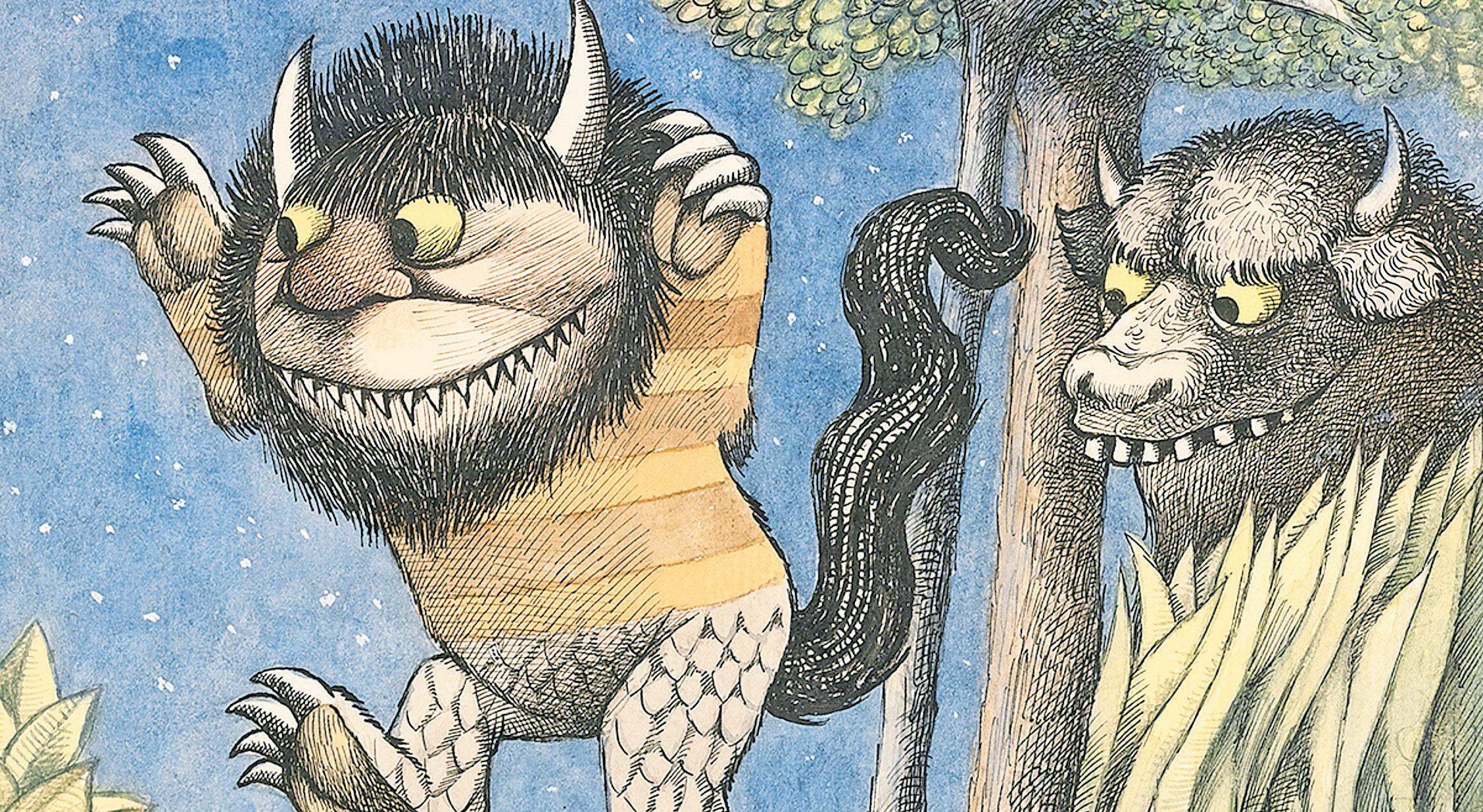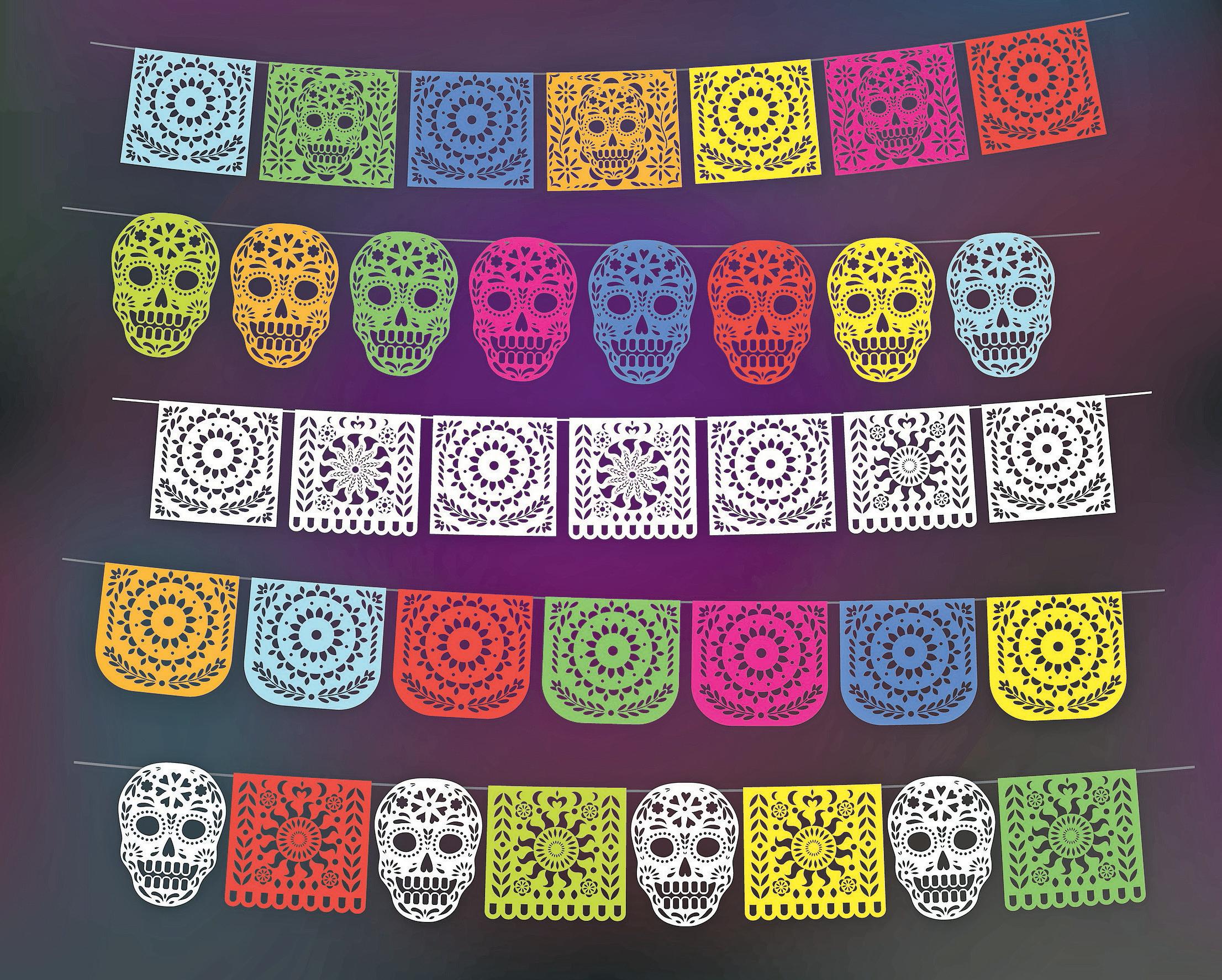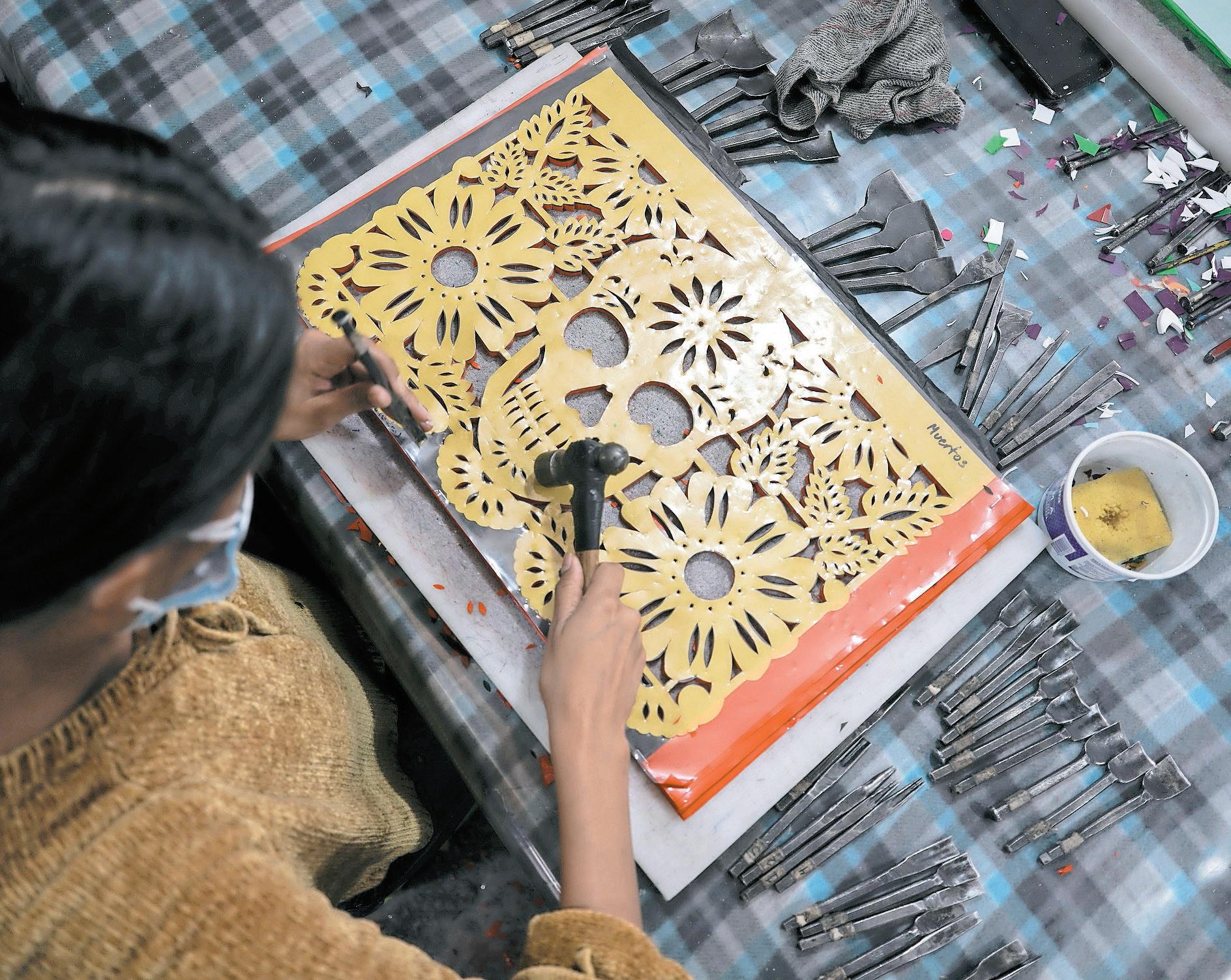
17 minute read
opinion: public SafeTy guaranTeeS democracy
Eduardo Hilera, M.P.S. Eduardo Hilera, M.P.S. Homeland Security advisor Emergency Management and Homeland Security Expert
Public Safety = Strong Democracy The Storms of September
Advertisement
Public safety is almost unequivocally synonymous with government and electoral stability. The stability of a government is directly tied to economic stability. When any or all of these are threatened, there’s a problem.
What we all recognize as our public safety apparatus, nationally, at the state level, and locally is severely fragmented.
We rely on our government to provide citizens, organizations, and businesses with a structure of leadership and resources that ensure the resilience that allows our communities to thrive. Anything short of this by our government entities is dangerous.
Before going any further into this topic, it’s important to remember that our service members, in the military, law enforcement, or emergency management uniforms, are not to blame for this. The blame for a fragmented system falls on policymakers—full stop. You can’t ask a champion F1 Race car driver to race a wrecked car; if you do, you can’t blame them for not making it very far.
Nationally, throughout the United States, and locally in Puerto Rico, there are daily examples of instances in which a more cohesive federal policy would allow for better public service. In the past decade, we have seen a pandemic, an attack on our nation’s Capital –which was nothing short of an attempted toppling of our national government– frequent school shootings, the murder of citizens by police officers –who were at best ill-trained and at worst unfit for duty– and an opioid crisis that kills more Americans yearly than some wars.
The latest incident, is the house break-in and attempted murder of House Speaker Nancy Pelosi’s husband. Nancy Pelosi is second in line for the U.S. Presidency.
How does this relate to business and economics? Simple. The news has traveled the world and analyzed considering what it represents in terms of the stability of the United States government. The United States has a midterm election next week. Every single seat in the U.S. House of Representatives, and approximately one-third of those in the U.S. Senate is up for grabs. What’s going to happen?
Voters on both sides of the aisle want simple government services. Most citizens, including myself, look at simple things like cleanliness, public safety, social services for those in need, and infrastructure. Places that have these tend to be doing very well economically.
We may be able to predict the results of next week’s election, but what could happen after next week remains to be seen. The outcome of the mid-term election will shed light on where the country, all fifty states, territories, and other jurisdictions are headed.
The new Congress, to be sworn-in in January 2023, will have before it legislative issues that would impact public health and drug abuse funding, firearms legislation, legislation that regulates and funds programs such as Fusion Centers that collect and distribute intelligence between law enforcement entities, grants for local law enforcement training and other programs and policies.
The integrative nature of all these policies and the guardrails that they establish will make the difference between effective or fractured policies.
Currently, throughout the country, we see daily examples of failed policies. In Puerto Rico, we see violent crime occurring against women, homicides in broad daylight, and videos posted online where fights break out in places like “La Placita”,
The Atlantic hurricane season— the one that impacts Puerto Rico—runs from June 1 to November 30. The peak, however, occurs from midSeptember to mid-October, which has already started, folks.
The hurricanes permanently recorded in our memories all made landfall in September. Hugo on September 19, 1988; Hortensia on September 10, 1996; Georges on September 21, 1998; and Maria on September 20, 2017. There is a clear trend here.
Abraham Lincoln said: “If I only had one hour to chop down a tree, I would spend 45 minutes sharpening my axe.”
Applying Honest Abe’s wise logic to hurricane season, we should do everything possible to get ready before a disaster.
All it takes to get ready is a little creativity, logic and a few bucks. Being prepared makes our communities more resilient.
The most basic emergency management concept is planning. Emergency managers agree that the first 72 hours after a disaster are crucial— it takes that long for help from first responders to reach those in need. In the spirit of planning, below is a checklist of the steps we can all take to be prepared for those first 72 hours. It doesn’t involve sophisticated equipment, just a few things we can do by ourselves. Inspect Your Home—Look around your home at doors, windows, potentially hazardous objects, and anything easily repairable. Address whatever you find and can fix immediately. Look for loose doors, exposed windows, and non-tempered glass windows or panels. Fix or secure everything you can. Prepare Your Car—If you own a car, keep the tank full. Set a reminder on your phone. In an emergency, a full tank of gas will right in the middle of San Juan. In San Francisco, get you wherever you need to the invasion of the Speaker’s home, speaks go. In addition, identify a safe volumes. Effective policies that foster effective spot where you can park your communication between public safety entities car. could probably avoid both incidents. Medication—If you or your family take medications, make sure you have a full week’s supply. If both are avoided, businesses, small and large, local, national, and international, see stable cities and states in a country with integrated policies throughout. And that is good for business—full stop.
First Aid Kit—Most of us have first aid products but may not keep them all in the same place. Look through your home and store them all together. The Red Cross and others provide recommendations of specific items to have, such as bandages, topical antibiotics and ice packs. Emergency Phone Numbers— Modern times have made us drift away from it, but use pen and paper and write down your most important contacts. If your phone dies, this could come in very handy. This list will also serve as a reminder of the folks you should keep in touch with during the emergency. Cash at Hand—Electronic payment platforms, ATMS and banks can go out of service. Keep enough money on hand to pay for basics following the disaster.
Damage from Hurricane Maria in Sept. 2017 >Carlos Rivera Giusti, Archive Water—Keep enough drinking water to keep your family hydrated for 72 hours. In addition, keep containers full of tap water for basic household needs.
In fact, Food—Cook what you can and use perishables first. Make sure to keep non-perishable food as well. We may be able to predict the The hurricanes permanently recorded in our memories all made landfall in September. Hugo on September 19, Electronics Charging Routine—Make a list of all your electronics and keep them charged. Keep back-up and disposable batteries handy as well. However, the single most important electronic device is the flashlight. Keep it handy. results of next week’s election, but what could happen after next week remains to be seen. Eduardo Hilera, Homeland 1988; Hortensia on Tool Kit—Just like your first aid kit, make sure your Security advisor September 10, 1996; tools are organized and accessible. An all-in-one Georges on September tool kit, like many retailers carry, is a good idea to 21, 1998; and Maria on keep handy. September 20, 2017. There is a clear trend here. Stay Tuned—Identify and follow your preferred news sources. Make sure they’re reliable and frequently updated. In addition, pick up a basic battery-powered radio. Stay Calm—You have done the important work of getting ready. Now, the most important part is to remain calm, during and after the storm.

In fact,
John Steinbeck talks to media in the office of his publisher in New York on Oct. 25, 1962. >AP Photo/Anthony Camerano, File
Rare John Steinbeck column probes strength of US democracy
He denounced McCarthyism as an attempt to substitute government
Hillel Italie – The Associated Press
NEW YORK — Decades ago, as communists and suspected communists were being blacklisted and debates spread over the future of American democracy, John Steinbeck — a resident of Paris at the time — often found himself asked about the headlines from his native country.
The question he kept hearing: “What about McCarthyism?”
The future Nobel Laureate wrote that the practice embodied by U.S. Sen. Joseph McCarthy of Wisconsin was “simply a new name for something that has existed from the moment when popular government emerged.”
“It is the attempt to substitute government by men for government by law,” Steinbeck continued in a 1954 column for Le Figaro that had rarely been seen until it was reprinted this week in the literary quarterly The Strand Magazine. “We have always had this latent thing. All democracies have it. It cannot be wiped out because, by destroying it, democracy would destroy itself.”
Steinbeck was closely associated with his native California, the setting for all or most of “The Grapes of Wrath,” “Of Mice and Men” and other fiction. But he lived briefly in Paris in the mid-1950s and wrote a series of short pieces for Le Figaro that were translated into French.
Most of his observations were humorous reflections on his adopted city, but at times he couldn’t help commenting on larger matters.
“Anyone even remotely familiar with Steinbeck’s works knows that he never shied away from taking on controversial topics,” Andrew F. Gulli, managing editor of The Strand, writes in a brief introduction. The Strand has unearthed obscure works by Steinbeck, Ernest Hemingway, F. Scott Fitzgerald and many others. Gulli calls Steinbeck’s column in the French publication a timely work for current concerns about democracy.
John Steinbeck, Literature Nobel Laurate
“The Grapes of Wrath” was a defining work of the Great Depression. Steinbeck held to an idealistic liberalism that was formed in part in the 1930s by Franklin Roosevelt and the New Deal, deepened by the Allied victory over Nazi Germany in World War II and eventually tested by the Vietnam War. He despised both McCarthyism and communism, opposing what he called “any interference with the creative mind” — whether censorship in the U.S. or the persecution of writers in the Soviet Union. “He stated in the 1960s that the role of an artist was to critique his country,” says Susan Shillinglaw, who directs the Center for Steinbeck Studies at San Jose State University.
Steinbeck believed that the United States was a force for good and fortunate in its ability to correct itself. He advocated a version of tough love hard to defend now, likening democracy to a child who “must be hurt constantly” to endure and regarding McCarthyism as a passing threat that would strengthen the country in the long run.
“In resisting, we keep our democracy hard and tough and alive, its machinery intact. An organism untested soon goes flabby and weak,” he wrote.
McCarthyism was peaking around the time of Steinbeck’s column and McCarthy himself would be censured by his Senate peers within months and dead by 1957. Political historian Julian Zelizer says that Steinbeck was not alone in recognizing the dangers of anti-communist hysteria, while maintaining an “unyielding optimism” that “the constitutional separation of powers and pluralism would keep these forces on the margins.”
Lucan Way, whose books include “Pluralism by Default: Weak Autocrats and the Rise of Competitive Politics,” tells The Associated Press that “in principle the clear and unambiguous defeat of anti-democratic actors” such as McCarthy might have a positive effect. But he does not think Steinbeck’s column can be applied to contemporary politics.
“What is going on now is not an example of this phenomenon (the fall of McCarthyism),” Way says. “Trumpism has not been clearly defeated but has instead helped to normalize anti-democratic behavior that was previously considered out of bounds.”
Sendak’s “Wild Things” exhibit at art museum in Columbus
Andrew Welsh Huggins – The Associated Press
COLUMBUS, Ohio — Most people today know artist Maurice Sendak as the creator of children’s book classics such as “Where the Wild Things Are” and “In the Night Kitchen.” A new exhibition of his work looks at that reputation and a less well-known side of his immense output: his work as a designer for opera, theater, film, and television.
“We wanted people to understand that Maurice was actually a serious artist,” said Lynn Caponera, executive director of the Maurice Sendak
Foundation in Ridgefield, Connecticut. Though most knew him as an illustrator and picture book artist, “they didn’t see beyond the fact that he did a lot more than that,” she said.
“Wild Things are Happening” opened this month at the Columbus Museum of Art and runs through
March 5, 2023. It’s the first major retrospective of Sendak’s work since his 2012 death and the largest and most complete to date.
The exhibit takes its name from a 1990s advertising campaign Sendak did for Bell Atlantic that featured Wild Things characters promoting “a fast, dependable Internet service.”
The exhibit features more than 150 sketches, storyboards and paintings of work Sendak did for his own books, including “Higglety Pigglety Pop!,” which he based on the fatal sickness of his beloved Sealyham terrier Jennie. The show also displays some of Sendak’s most celebrated illustrations of other writers’ work, such as Else Holmelund Minarik’s “Little Bear” books.
To commemorate Sendak’s affinity for Mickey Mouse — who first appeared in 1928, the year Sendak was born — the exhibit includes an illustration that TV Guide commissioned in 1978 for Mickey Mouse’s 50th birthday featuring Sendak, also 50, waving at a mirror as the cartoon character waves back.
In the late 1970s, Sendak embarked on a second career as a costume and stage designer. His design work for operas included Krása’s “Brundibar,” Mozart’s “The Magic Flute” and “The Goose of Cairo,” and Prokofiev’s “The Love for Three Oranges.” A video on repeat at the exhibit features the design work Sendak did for a new production of Tchaikovsky’s Nutcracker commissioned in 1981 by the Pacific Northwest Ballet.
Sendak also designed sets and costumes and wrote the book and lyrics for the musical “Really Rosie” based on his book of the same name, with music by Carole King. And then there is “Where The Wild Things Are,” featuring the fantastical nighttime adventures of a boy named Max on an island of monsters. Since its publication in 1963, the book has sold more than 50 million copies and been translated into 40 languages. The exhibit includes rarely seen “Wild Things” sketches and completed paintings, and traces the book’s history from early 1953 drawings to its publication. Also on display: costumes from Spike Jonze’s 2009 movie “Where the Wild Things Are” based on the book.
Adults troubled by the scary nature of Max’s fantasy “forget that my hero is having the time of his life and that he controls the situation with breezy aplomb,” Sendak said upon accepting the 1964 Caldecott Medal for the book.
Sendak was an admirer of many artists and illustrators, including William Blake, Walt Disney
In fact, and Beatrix Potter, a devotion that the exhibit tries to get across, said Jonathan Weinberg, an artist The exhibit and curator of the Maurice Sendak Foundation, includes rarely which is housed in the home where Sendak seen “Wild Things” worked and lived from 1972 until his death. Most sketches and of that time he lived with his partner, psychiatrist completed paintings, Dr. Eugene Glynn. and traces the “Maurice had this unbelievable range,” said book’s history from Weinberg. “And if he couldn’t do something, if he early 1953 drawings didn’t have that style at that moment for what was to its publication. needed, he would figure it out and learn.” When it came to his work for children, Sendak never preached or tried to instill a stuffy moral, Caponera said. Instead, he understand that, as sometimes happens in real life, children are the brave ones, the ones who triumph and are in control. “Maurice used to say that a good children’s book is sort of like creating an act of guerilla warfare,” Caponera said. “You put things in there that the kids see, and the kids get, and then the kids have to sort of explain to the parents, ‘Oh, no, this isn’t scary.’”



Mexican artisans preserve Day of the Dead decorations
The centenary art defies increasingly popular massproduction techniques
Fernanda Pesce – The Associated Press
XOCHIMILCO, Mexico — Mexican artisans are struggling to preserve the traditional manufacture of paper cut-out decorations long used in altars for the Day of the Dead.
Defying increasingly popular mass-production techniques, second-generation paper cutter Yuridia Torres Alfaro, 49, still makes her own stencils at her family’s workshop in Xochimilco, on the rural southern edge of Mexico City.
As she has since she was a child, Torres Alfaro punched stunningly sharp chisels into thick piles of tissue paper at her business, ‘Papel Picado Xochimilco.’
While others use longer-lasting plastic sheets, laser cutters or pre-made stencils, Torres Alfaro does each step by hand, as Mexican specialists have been doing for 200 years.
In 1988, her father, a retired schoolteacher, got a big order for sheets — which usually depict festive skeletons, skulls, grim reapers or Catrinas — to decorate city government offices.
“The business was born 34 years ago, we were very little then, and we started helping in getting the work done,” Torres Alfaro recalled.
Begun in the 1800s, experts say ‘papel picado’ using tissue paper is probably a continuation of a far older pre-Hispanic tradition of painting ceremonial figures on paper made of fig-bark sheets. Mexican artisans adopted imported tissue paper because it was cheap and thin enough so that, with sharp tools, extreme care and a lot of skill, dozens of sheets can be cut at the same time.
But the most important part is the stencil: its design designates the parts to be cut out, leaving an intricate, airy web of paper that is sometimes strung from buildings or across streets. More commonly, it is hung above Day of the Dead altars that Mexican families use to commemorate — and commune with — deceased relatives.
The holiday begins Oct. 31, remembering those who died in accidents; it continues Nov. 1 to mark those died in childhood, and then those who died as adults on Nov. 2.
Traditionally, the bright colors of the paper had different meanings: Orange signified mourning, blue was for those who drowned, yellow was for the elderly deceased and green for those who died young.
But many Mexicans — who also use the decorations at other times of year, stringing them at roof-height along streets — now prefer to buy plastic, which lasts longer in the sun and the rain.
Still other producers have tried to use massproduced stencils, which means that tens of thousands of sheets might bear exactly the same design.
“Stencils began to appear for making papel picado, because it is a lot of work if you have to supply a lot of people,” said Torres Alfaro, who still hand-cuts her own stencils with original designs.
“We wanted to keep doing it the traditional way, because it allows us to make small, personalized lots, and keep creating a new design every day,” she says.
Another rival was the U.S. holiday Halloween, which roughly coincides with Day of the Dead, Because it is flashier and more marketable — costumes, movies, parties and candy — it has gained popularity in Mexico.
“For some time now, there has been a bit more Halloween,” said Torres Alfaro. “We do more traditional Mexican things. That is part of the work, to put Mexican things in papel picado. If we do Halloween things, it’s only on order” from customers.
Still others have tried to use 21st-century technology, employing computer-generated designs and laser cutters.
But Torres Alfaro says that concentrating so much on the cutting leaves out the most important part: the delicate webs of paper left behind.
“There are some laser machines that are gaining popularity, but we have checked them and the costs are the same, the machines still cut hole-byhole and they can’t cut that many sheets,” she said.
“The (ready-made) stencils and the laser machine have their downsides,” she said. “Papel picado is based on what can be cut, and what can’t, and that is the magic of papel picado.”




